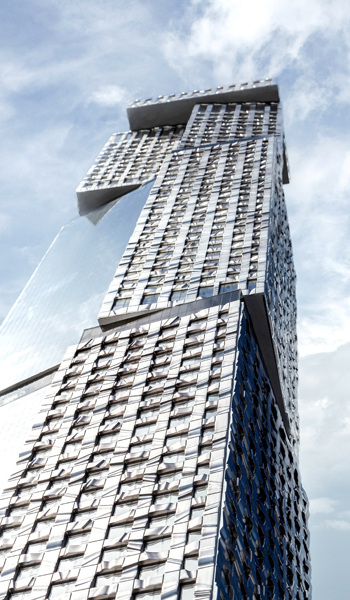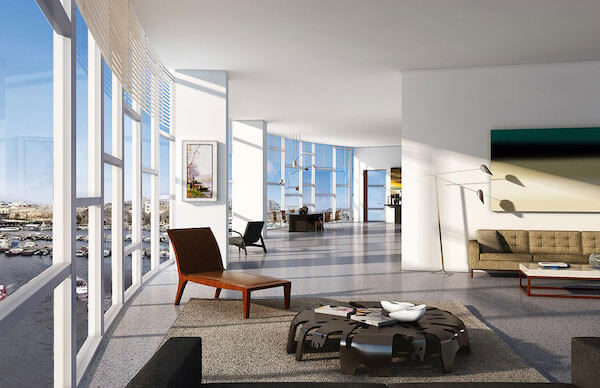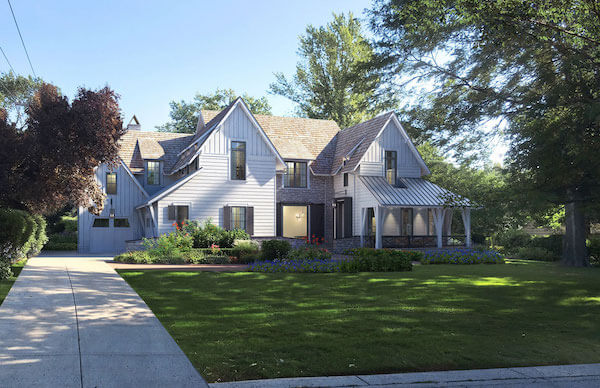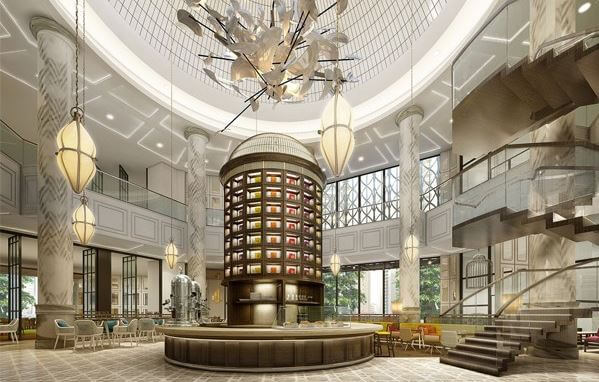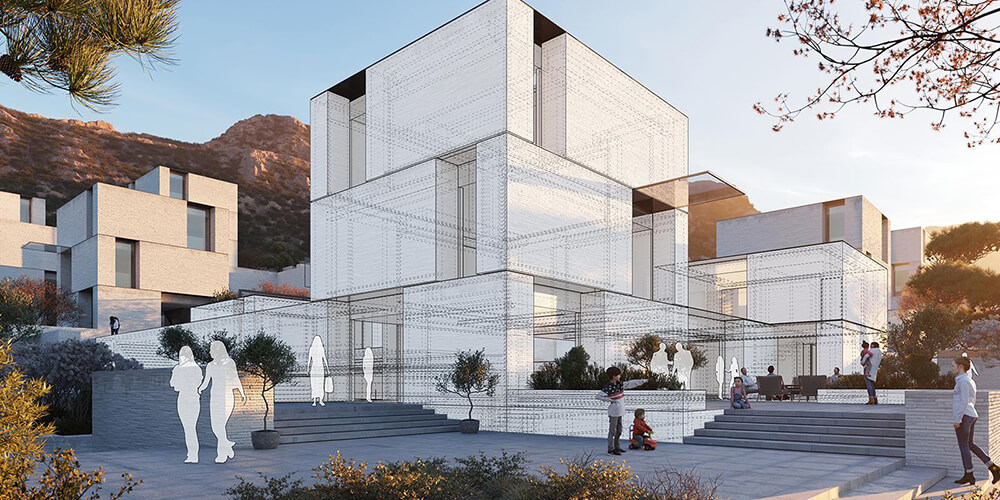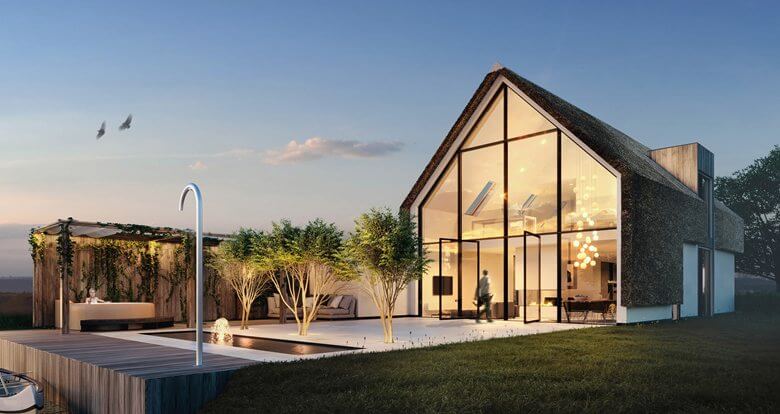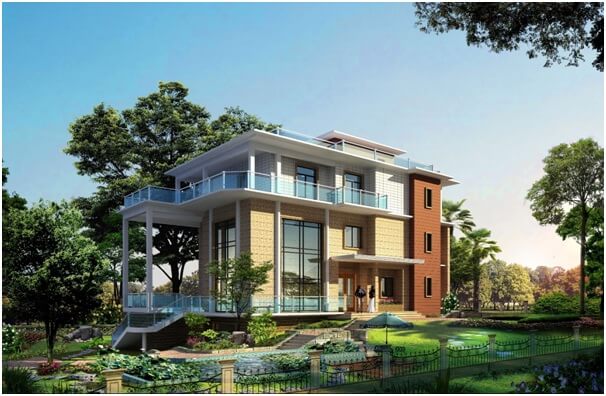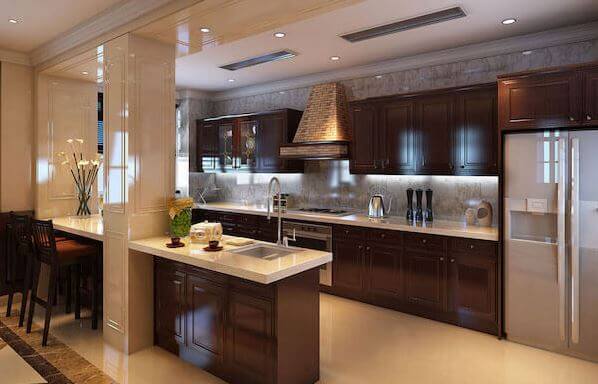Your Reliable
3D architectural visualization service solution
With Experienced Team Offering The Finest Works
Leaders In World ClassVisualizating architecture
RJ Models specializing in affordable high quality 3D architectural visualization, integrates art and technology to bring the ideas of architects.
In pursuit of artistic innovation, our team of skilled professionals delivers architectural visualization solutions more than 50 countries with tight deadline.
8000+ Projects
With over 500 projects being created every year, we thrive on maintaining consistency of delivering high quality 3D architectural rendering projects.
4000+ Object library
RJ Models has an extensive team of collection more than 30k+ architectural models of all major interior and exterior accessories, lighting in our architectural visualization library, with a high reputation for being specialists within our industry.
200 Staffs
Your projects are given full attention and implemented to ensure the highest-quality result whilst complying with tight deadlines by our architectural visualization service team.
7 Days
RJ Models open 24 hours a day, 7 days a week to serve you in different time zone and regions.
Your projects will be delivered quality results within 3 to 7 business days.
3 Steps to Place Your Order with the Professional Architectural Visualization
01 Model Draft

We build up the 3D model and set all cameras, and will provide you with a 3D model view in order to confirm camera angles.
We complete the majority of our work in post-production, and the camera angle is confirmed at the beginning of the process.
02 Rendering Draft

We’ll test lights, materials furniture and the general mood of the image, according to your specifications.
03 Final Image

In this level is where amazing really happens!
Most of the post-production is completed and send you the final product.
3D Architectural Visualization: The Ultimate FAQ Guide
It refers to the process of involving graphical content using dedicated 3D software.
It is about creating renderings and virtual architectural models to explore, analyze and visualize different 3D designs.
This technique incorporates artistic and technical skills to demonstrate different 3D architectural products yet to be presented or launched.
At times, it is also known as excellent computer-generated imagery (CGI) or 3D graphics.
In today’s guide, I will explore everything you need to know about 3D architectural visualization.
What Is The Best Software For 3D Architectural Visualization?
Ideally, many designers involved in different aspects of 3D architectural visualization usually use a wide range of software programs.
Of course, most of the software programs used for this graphic design process are advanced.
The essence is to ensure they provide high-quality images that more or less look like real-life.
However, the specific software for this graphic design task is dependent on various factors.
For instance, a particular 3D architectural visualization studio may have specific standards and processes.
Thus, such an entity will only use the specific software, which conforms to their standards and processes.
Moreover, the precise details to incorporate in the concept design also determines the best software to use.
However, some of the commonly used software programs in a wide range of 3D architectural visualization applications include the following;
- Cinema 4D
- Revit
- Autodesk
- ArchiCAD
- Lumion
- VRay
- Octane Render
What Is The Difference Between 3D Architectural Visualization And 3D Architectural Rendering?
Figure 1 3D Architectural rendering
Figure 2 3D Architectural visualization
There is a thin line between 3D architectural visualization and 3D architectural rendering.
Essentially, it is a converted 3D architectural model converted into its life-like format.
When carried out with utmost precision, the 3D visualization comes close to being the actual product image.
Technically, it is a multi-step procedure, which incorporates comprehensive creation objects in view in 3D plane.
The moment 3D model gets a go-ahead, the designer places it in a scene where it should be imaged.
Preferred lights and textures are added and camera positions and angles determined and the effects adjusted accordingly to edge closer to a real image.
3D architectural rendering is thus the last and most important stage of 3D architectural visualization.
In essence, the 2D images derived from the model are the actual representation of the product when imaged.
3D rendering software controls the environmental scene making the image looks more real life-like.
Ideally, the difference between 3D visualization and 3D rendering is that the latter is a phase in the former’s process.
Simply put, 3D rendering is a fine-tuning process in the creation of 3D visualization.
As such, 3D architectural rendering utilizes more advanced and sophisticated software programs to make the 3D architectural visualization images appear more life-like.
What Is The Purpose Of Creating 3D Architectural Visualization?
Ideally, it is created to serve different purposes, including but not limited to the following;
- To generate business leads, client or investor presentations and for promoting the specific design concept.
In essence, it is an excellent way of marketing the architectural project concept to prospective clients.
- Helps in analyzing colors, materials, and varied textures in conjuncture with one another as applied on the final proposed infrastructure.
Of course, this is fundamental because it hastens the process as far as actualization on the ground is concerned.
- It creates a virtual reality experience for clients.
Ordinarily, the quality of 3D architectural visualization is top-notch and gives a photorealistic view of the concept details.
This makes it easy for you to explain and convince the client or investor about the practicality of the project way before it is constructed.
- To give cost and time estimates
A typical 3D architectural visualization captures all the nitty-gritty details regarding the actual infrastructural design.
Thus, it becomes easy to get the cost and time estimates the project is likely to require.
Of importance, this helps in better planning or time and resources for efficient execution of the project.
- It assists in furniture placement or layouts and entourages
Ideally, you get a projection of how your décor should like, which is vital since it enables you to maximize on utilization of floor space.
Moreover, this makes it easy to depict the exterior and interior landscaping patterns that match your preference and demands.
What Are The Steps Involved In 3D Architectural Visualization?
Technically, it varies based on a wide range of elements.
For instance, the specific software program used in creating the 3D architectural visualization may demand different instructions.
This, of course, would determine the specific phases of developing this particular architectural visualization.
Also, the specific nature of your infrastructure would influence the steps involved in making this digital graphic image.
Nevertheless, the basic steps often involved in creating a typical 3D architectural visualization include the following;
- Converting 2D drawings, whether manual or digital, into its corresponding 3D model
- Applying the relevant colors, materials and finishes
- Simulating real-life day and night lighting conditions
- Generating shadows and reflections to attain the ideal photo-realism
- Adding a wide range of elements such as foliage furniture, vegetation, automobiles, clouds, accessories, human beings etc.
- Final rendering to incorporate and integrate all the aforementioned steps to design a photo-realistic 3D architectural visualization.
What Information Should You Provide For 3D Architectural Visualization?
Figure 3 3D Architectural visualization
Characteristically, 3D architectural visualization companies often require you to provide as much information as possible.
It is essential in creating formidable concepts and also saves time by preventing need for unnecessary revisions.
Nonetheless, the details to provide depend on the actual nature of the project since they tend to vary from one to another.
However, the basic inputs most entities offering this service usually provide include the following;
- Clear drawings, which include details such as roof plan, site plan, floor plans, elevations etc.
Mostly, CAD drawings are preferable but not necessarily restricted.
- Materials, ideal colors and finishes to incorporate in the project should be marked on the drawing input with preferred finish.
Ordinarily, you can use specific colors as values for paints. Moreover, providing scanned photo images of any particular material such as fabric, stone, or tile would be of significant essence.
- Real site photograph to facilitate super-imposition of the designed 3D architectural visualization on the supplied image.
Under these circumstances, it would be ideal to provide a high-resolution digital image of the actual site location.
Additional details and instructions such as ideal output format and the printout size you require.
Often, it entity will always advice you on the specific details to provide, depending on the nature of your project.
What Is The Timeline For Completing 3D Architectural Visualization?
It is dependent on a host of variables.
In most instances, the primary determinant of the turnaround time for 3D architectural visualization is the nature of the proposed project.
Essentially, a big project design will take longer than a relatively small alternative.
For example, a small project can take up to about 1-7 days, of course, depending on the complexity.
At the same time, a relatively large project may take up to about 1-6 weeks, also based on the specifications needed.
Another timeline determinant factor is the amount of information you, as the client, provides at the start of the project.
Ordinarily, it is always advisable to provide as much information regarding the project as you can.
It helps to facilitate a faster process since there will be little or no delays when designing the 3D visualization.
On the other hand, insufficient information can lead to revision from time to time to ensure all the details are incorporated accordingly.
Besides, the existing project load your preferred 3D architectural visualization studio handles may also influence the exact turnaround.
Evidently, more workload implies the project is likely to take longer than expected and vice versa.
In other words, there is no definite turnaround time for making 3D architectural visualization.
It largely depends on many factors, includes the few ones mentioned above.
Where Is 3D Architectural Visualization Used?
You can use 3D architectural visualization in a wide range of infrastructural projects.
The popular ones include the following;
- Residential apartments
- Villas and condors
- Office buildings
- Commercial buildings
- Hotels and restaurants
- Schools and colleges
- Family homes
- Resorts and entertainment joints
- Landscapes
- Shopping centers and malls
- Hospitals
- Industrial parks
- Airport
- Railway stations
- Shipyards
- Stadiums
- Interior designs
How is 3D Architectural Visualization Superior to Manual Rendering?
Ideally, it is scientifically accurate and more photo-realistic than manual rendering.
You can apply real-life materials and finishes to the simulated model to generate a photo-realistically precise image.
Essentially, using real-life entourages add real-life materials, and texture enhances realism of the image.
Moreover, 3D architectural visualization images allow you to experiment and modify colors and materials as you wish.
It also makes it easy for you to revert to the initial or intermediate schemes at any time before the ultimate output.
You can also create multiple images for the same project by changing the camera's location or by zooming in/out.
However, in the case of manual renderings, any of the aforementioned changes would imply redoing the project from the start.
What Are The Benefits Of 3D Architectural Visualization?
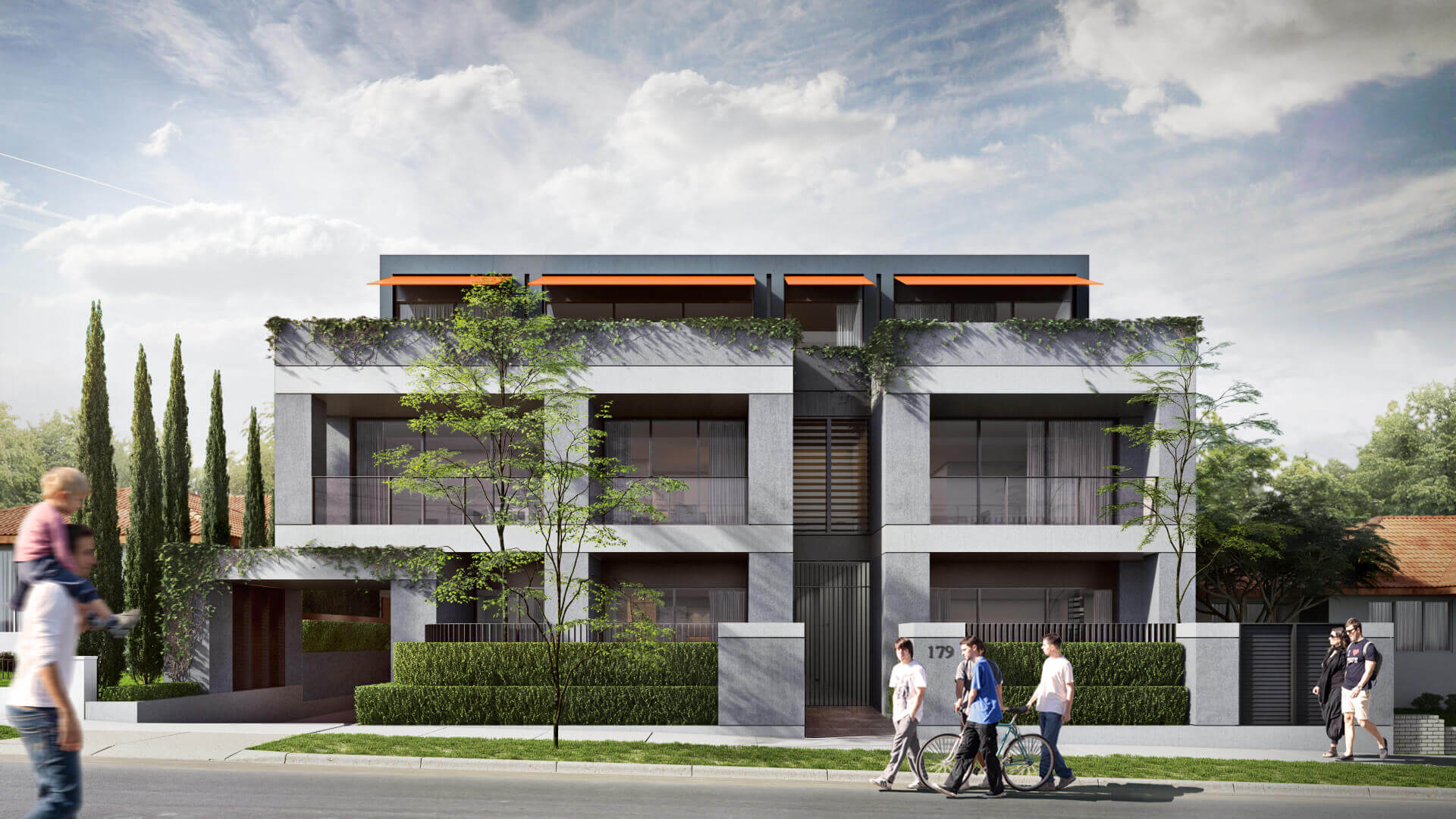
Investing in 3D architectural visualization is worthwhile since it provides a wide range of advantages.
Technically, this technology gives you a heads-up to partake in a particular project with an informed mindset.
Some of the advantages of considering this technology include the following;
Incredible Cost Control
In many instances, it is cost-effective to have 3D architectural visualization for your project.
Eventually, you’ll notice you have saved a considerable amount of money and resources from the visual ideas you obtain from these graphics.
Provides You Control Over Process
Ideally, when seeking services of 3D architectural visualization designer, the final output is based on your discretion.
What it means is you have control over the process, and in some instances, you can decide to see the visualization taking place.
Moreover, you can demand the changes accordingly since you’ll have necessary visibility into the process to suggest changes.
Enables You To Visualize The Project As It Were In Real-life
The images, which 3D visualization generate are almost close to real-like.
Therefore, it becomes easy to explore as many options as possible without essentially investing in photographers, interior designers, props and travel among others.
Enhances Seamless Project Execution
Technically, 3D visualization facilitates smooth and agile workflows for structural engineers, developers, marketers, suppliers etc.
All the stakeholders involved find it easy to implement the actual project seamlessly since they’ll be using the model as a guide.
Improves Communication
In many instances, you’ll be involved in the development process of the 3D architectural visualization.
Ideally, this is important because it becomes easy for you and other stakeholders to establish or determine any possible flaws.
If you do not like the layout or design, developers can effect changes easily at the visualization stage before actual implementation.
Guarantees Accuracy And Precision
You have complete control of the 3D architectural visualization output.
Therefore, you are sure of getting precise measurements within the visualization itself.
What Is The Cost Of 3D Architectural Visualization?
Several factors determine the cost of architectural visualization and related services.
Some of these factors include the following;
Process Output
This ideally refers to the particular number of views and resolution of the final images.
In most instances, you can always find these visualization images in different resolution quality.
Thus, the higher the resolution quality, the costlier the image and vice versa.
Urgency
Many entities providing 3D architectural visualization usually serve clients on a first-come-first-serve basis.
Thus, existing projects are usually prioritized depending on the order of how they were placed.
However, for relatively urgent orders, you will have to pay higher rates.
In such instances, these entities often procure additional resources and workforce to fast-track the process, thus costlier.
Nature Of The Task
Some 3D architectural visualization tasks are ideally simple, whereas others tend to be a bit complex.
Of course, this is dependent on the amount of details you want to be incorporated in the design.
Nevertheless, complex designs are more expensive than simple ones.
Revisions
Often, 3D architectural visualizations require revisions from time to time to adjust and incorporate additional details.
However, most entities only provide up to certain revision limits.
But if you need more and more revisions, you will have to spend more on your 3D architectural visualizations.
In general, there is no definite cost for these types of digital graphic images.
The price often varies depending on many factors, including the aforementioned ones.
What Is 3D Architectural Visualization Service?
Essentially, this refers to a commercial service, which involves providing a wide range of 3D architectural visualization solutions.
It is offered by a wide range of service providers in the form of business entities, companies and independent professionals.
Importantly, you need to ensure you seek these services from reputable providers, whether an accredited company or an independent freelancer.
How Is Typical 3D Architectural Visualization Executed?
Technically, the process depends on various elements, including the nature of task and software used.
Besides, it also depends on a particular company or designer handling the project since they have different procedures.
However, a typical 3D architectural visualization is executed using the following procedure;
- You submit the project details to the company or designer in an acceptable format compatible with their respective software. For instance, you can provide PDF, DWG or DXF among others and additional details on drawings or sketches.
- The designer looks at the input you have provided and works out a reasonable and practical project quote alongside tentative turnaround time.
- Once you approve, the designing process begins to work on your project.
- You receive the first batch of draft images, mostly with watermarking, for feedback or approval. Ideally, it is at this point that you can point out specific additional details to be incorporated.
- If you find it ideal, you make the deposit payment of agreed percentage. Usually, most service providers request between 25-40% depending on prevailing circumstances.
- Your feedback is incorporated accordingly; modified draft images are resubmitted once again for your approval or feedback.
- You make the next percentage of the payment once you approve the draft.
- Modification and resubmitting of another set of draft images for final approval. In such an instance, you are only entitled to two revisions free of charge.
- The designer or company begins working on the ultimate high-resolution output then send you a draft of the high-resolution images.
- What follows next is making the final percentage of the payment.
- Once the final payment is received, the high-resolution copy is submitted once you approve it, but this time without watermarks.
Nonetheless, this procedure may vary from one company or designer to another depending on a wide range of factors.
How Do You Determine Quality Of 3D Architectural Visualization?
Figure 5 3D Architectural visualization
You can use numerous methods to determine the quality of 3D architectural visualization.
However, these techniques vary based on the actual nature of the project.
Ordinarily, a suitable way is first to ensure the objects in the images are more or less natural.
What it means here is that the objects need to have accurate size, precise geometry and a photo-realistic finish.
Nevertheless, it is important to understand that slight flaws are what make the images appear relatively natural.
Another quality determinant method is by making sure the lighting and shadows appear as natural as possible.
It is fundamental for an object’s appearance to correlate with the specific placement and surrounding of the light sources.
Also, to determine a quality 3D architectural visualization, make sure the primary object on the image visually dominates the space.
In other words, it implies the background only needs to complement it and not necessarily compete with it.
There should be no intersection of geometric objects for interior 3D architectural visualization.
Generally, there are several ways you can use to determine the ideal quality of a 3D architectural visualization.
However, the aforementioned ones are core; thus, you should always look into them.
How Do You Determine The Best Company Offering 3D Architectural Visualization?
Since several companies and independent individuals offer these services, it is advisable to consider various critical elements when choosing one.
It can be challenging if you are a novice in this industry.
However, the most vital ones include the following;
- Relevant experience in the industry
- Adequate capacity to handle different scopes of such projects
- Rich and consistent catalog showcasing their past and present designs
- Accreditation from the relevant authorities overseeing operations of this industry
- The cost and payment model, the company, offers
What Is The Ideal Format For Submitting Files For 3D Architectural Visualization?
Figure 6 3D Architectural rendering
You can submit a file for 3D architectural visualization using a wide range of formats.
Ordinarily, the specific formats are determined by the particular company or independent designers you are working with.
In essence, it means some companies require specific formats, which are compatible with the software programs they use.
Nonetheless, the common file formats you can use include;
- DWG
- DXF
- BMP
- JPG
- TGA
- TIFF
Can You Edit Details Of 3D Architectural Visualization?
Yes.
You can always add or remove details from the original concept design as you wish.
However, this mainly happens at the development stage before the final copy.
It is the reason companies provide for a number of revisions to allow you to edit different details and ensure they suit your demands and preference.
What Type Of Output Do You Get From 3D Architectural Visualization Company?
Primarily, the type of output is dependent on the specific requirements of your project.
An ideal company will generally create high-resolution JPEG images that are easy to print using a wide range of imaging software as the ultimate output.
Moreover, the output can vary depending on your preferential parameters such as size, resolution and format among others.
What Is The Future Of 3D Architectural Visualization?
For over 30 years now, it has been involved as a catalyst in architecture.
Ideally, this industry is constantly growing since people want to ensure their imagination takes absolute shape in reality.
Moreover, customers are demanding to monitor progress of their projects in real-time at the early stages.
Thus, in the coming years, this technology will change ways houses are constructed significantly.
It will make the entire process of designing more transparent and assist architects in detecting plausible errors easily.
Furthermore, it will assist architects in predictive maintenance and prompt collaborative and rapid engineering.
Nonetheless, the end goal is to improve customer satisfaction with a 3D architectural virtual model.
What Are The Drawbacks Of 3D Architectural Visualization Company?
They are quite a few, but the main ones include the following;
- It requires initial upfront time and commitment since it comes with responsivities hence can take several days or weeks to perfect.
- There is no standardization in using this technology. Thus, it leads to imitations, which often result in copyright issues.
For any questions or inquiry about 3D architectural visualization – contact us now.
Contact RJ Models & We can Help You to Grow Your Business.
Our vision is providing the top quality 3D scale models to everywhere in the globe.
